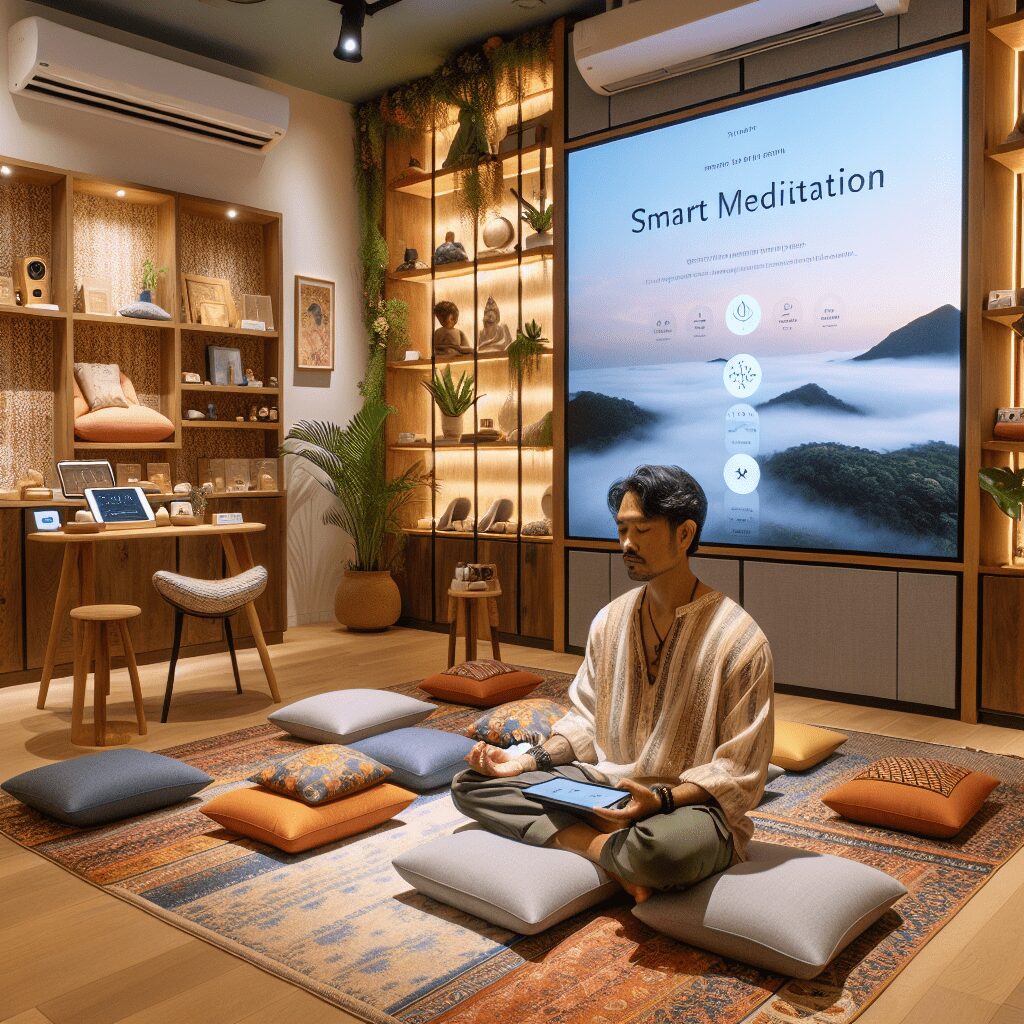
Prioritize your mental well-being daily. Enhance your life by nurturing your mental health with the Smart Meditation app. Break free from stress, alleviate anxiety, and enhance your sleep quality starting today.
Has Anxiety Increased Over The Years?
Navigating the Maze of Modern Anxiety
Let’s dive headfirst into a pertinent question that seems to be on everyone’s lips these days: Has anxiety truly become the modern era’s unwelcome companion, creeping up in intensity over the years? In the bustling chaos of our modern lives, where notifications never cease and the pressure to excel is omnipresent, it’s no wonder this question has sparked widespread curiosity and concern.
The Telling Signs of the Times
To unpack the enigma surrounding the escalation of anxiety, we need to take a stroll down memory lane and juxtapose the past with our current reality. Picture this: only a couple of decades ago, the world was a dramatically different place. Information traveled at a snail’s pace, social interactions were predominantly face-to-face, and the concept of being “plugged in” 24/7 was the stuff of science fiction. Fast forward to the present day, and it’s a whole new ballgame.
-
Digital Overload: In the palm of our hands lies a device that connects us to the world, bombarding us with an incessant stream of information. While this digital revolution has its perks, it’s also a double-edged sword, contributing to the frantic pace of life and an overwhelming sense of being perpetually “on”.
-
The Social Media Conundrum: Platforms that were designed to bring us closer have, paradoxically, become a source of stress and anxiety for many. The pressure to curate a picture-perfect life, coupled with the fear of missing out (FOMO), can take a toll on mental well-being.
-
Economic Uncertainties: Let’s not beat around the bush — the economic landscape has seen better days. From the global financial crisis to the recent pandemic-induced turmoil, financial insecurity has become a constant source of dread for many.
-
The Environmental Factor: Climate change and environmental degradation are no longer distant threats. The dire realities of our planet’s plight have sparked a unique form of anxiety, commonly referred to as eco-anxiety.
Connecting Dots with Data
So, what do the numbers say? Are we merely succumbing to anecdotal evidence, or is there a tangible uptick in anxiety levels? Tea leaved through the research and the pattern is as clear as day – yes, the prevalence of anxiety disorders has seen a notable increase. A systematic review by the World Health Organization (WHO) pointed out a significant rise in anxiety and depression worldwide, correlating with the digital age’s challenges and societal shifts.
Yet, it’s crucial to note that increased awareness and diagnosis play a significant role in these statistics. Today, mental health conversations have shed much of their taboo status, encouraging more people to seek help and share their experiences. This shift towards openness, while highlighting the rise in anxiety, also paves the way for better support and understanding.
Sailing the Stormy Seas of Anxiety: What Can Be Done?
Fear not, for it’s not all doom and gloom. While the forces contributing to increased anxiety may seem daunting, the silver lining lies in the burgeoning field of mental health support and resources. From mindfulness apps to online therapy platforms, help is more accessible than ever.
-
Mindfulness and Meditation: Engaging in these practices can significantly reduce stress levels and improve overall mental health.
-
Digital Detoxes: Periodically unplugging from the digital world can work wonders for your mental well-being.
-
Community and Connection: Never underestimate the power of a solid support system.
In the grand scheme of things, it’s evident that anxiety has carved its niche more prominently in the fabric of modern society. However, with increased awareness and resources, coupled with a proactive approach to mental health, we can navigate this stormy sea. After all, it’s about learning to dance in the rain, rather than waiting for the storm to pass.





